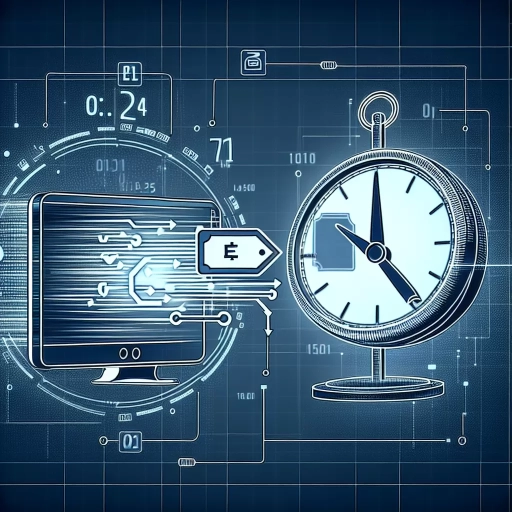How Long Do E Transfers Take

Understanding E-Transfers
The Concept of E-Transfers
E-Transfers are a safe, secure, and convenient method of sending money from one bank account to another through mobile banking or online banking platforms. The process is entirely digital and involves no physical exchange of cash. Instead, the sender of the money must just know the email address or mobile number of the recipient. The recipient then receives a notification of the money sent and can deposit it into their bank account at their convenience. E-Transfers essentially eliminate the need for checks and money orders, making money transfer fast and straightforward.
Security Measures for E-Transfers
There are several security measures in place to ensure that e-transfers are secure. First, only the recipient who correctly answers a security question, set by the sender, can receive the funds. Furthermore, money is not sent via email or text; it is actually securely transmitted between the financial institutions using secure network protocols. Also, financial institutions use secure websites and encryption protocols to ensure the safety of customers’ sensitive information during transactions.
Variations on E-Transfers
There are different types of e-transfers depending on one's bank and geographical location. Auto-deposit e-transfers, for instance, allow the recipient to receive money directly into their account without answering a security question. However, their email must be registered to their account for an auto-deposit. Request Money transfers enable a user to request money from a contact by email, to which the contact can respond to by sending an e-Transfer. Interac, a Canadian interbank network, also offers e-Transfer services, while the Zelle app in the US allows for money transfers between almost any U.S. bank accounts typically within minutes.
Factors Influencing The Duration of E-Transfers
Bank Policies
Different banks have different policies in place that dictate the duration of an E-Transfer. Some banks process transfers immediately, while others may take a few hours or even days. This is why it is essential to familiarize oneself with their bank’s policies regarding e-transfers. Most banks offer this information through their customer service channels, with key details on their official websites or mobile apps. With a clear understanding of these policies, one can plan their e-transfers efficiently.
Amount Transferred
The amount of money being transferred may also determine how long an e-transfer takes. Large sums of money usually attract more scrutiny from the bank, which could delay the transfer. This is a security measure that banks undertake to prevent fraudulent transactions and money laundering. Also, some banks may have daily or transactional limits for e-transfers, and attempting to exceed these can cause delays.
Technical Issues
Another factor that can influence the duration of an e-transfer is technical issues. These could be from the banking system's side or from the respective gadgets or networks used for the transaction. A slow internet connection, outdated banking apps, or system maintenance and outages can all lead to longer transfer times. Therefore, to minimize delays, it is advisable to ensure a stable internet connection and keep banking apps updated.
Improving The Speed of E-Transfers
Enrolling for Instant or Same-Day E-Transfers
Some banks offer faster e-transfer services at a fee. These services, often known as instant or same-day transfers, can help users send or receive money within a few minutes or several hours. Although these services come with a fee, they can be beneficial when one needs to transfer money urgently. Always check with your bank to see if these speedier options are available and if they meet your needs.
Verifying Contact Information
Correct contact information is crucial for a swift e-transfer. Incorrect or mistyped email addresses or mobile numbers can lead to delays as the money will not be able to reach the intended recipient. Therefore, always ensure to verify and double-check all the contact information before initiating an e-transfer.
Maintaining Regular Transactions
Maintaining regular transactions can also help improve the speed of e-transfers. Banks tend to flag and scrutinize infrequent large transactions. Making regular transactions can help build a transaction history with one's bank, making future transfers more common and less likely to be flagged for scrutiny.